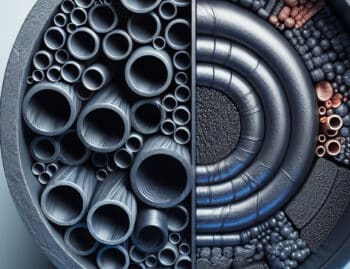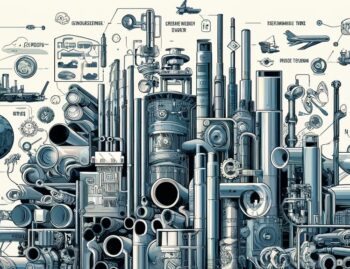3D Printing is one of the technologies of the new millennium that has already started to revolutionize the manufacturing industry. Business Insider reported in 2013 that 3D printing industry will rise 20% annually. Goldman Sachs also reported in the same year that 3D printing will “creatively destroy how we do business.”
Does this mean the end of manufacturing? No, it simply means manufacturers will have to re-think the way they do their business.
For example, with 3D printing one can create a plastic or other synthetic prototype within a couple days. The old industry standard of injection molds usually come in massive factory run minimums of 10,000 or more units required to fulfill an order.
This doesn’t mean everyone will switch to 3D printing, but in the early development and design stages for products, they will. Large scale manufacturing companies should look into 3D printing as a way to help their clients before they need a 10,000 or 100,000 order.
This also doesn’t mean that jobs will evaporate because of 3D printing, but instead new more high tech jobs will appear. Business Insider reported that GE is using 3D printing to make small prototypes. They also reported that currently 95% of 3D printing jobs are for small run prototypes such as the test prototype turbines for GE.
Custom fit medical supplies are also an extremely untapped and possibly lucrative area for 3D printers and designers. Imagine your grandmother needs to get her hip replaced. Normally a metal on metal artificial hip would be her only option.
However, with 3D printing, the technology is there to create a custom fit hip replacement that fits exactly to her needs. In addition to custom medical appliances and supplies that can be made with 3D printers, 3D print pioneers are experimenting with 3D printing organic matter.
Yes, that means they could 3D print a heart valve, cartilage, new skin, and more.
3D printing will not destroy the manufacturing industry, as the skills required to create models suitable for 3D printing are not household knowledge. But 3D printing will continue to evolve and open new doors, new possibilities, and new jobs for a variety of industries.











